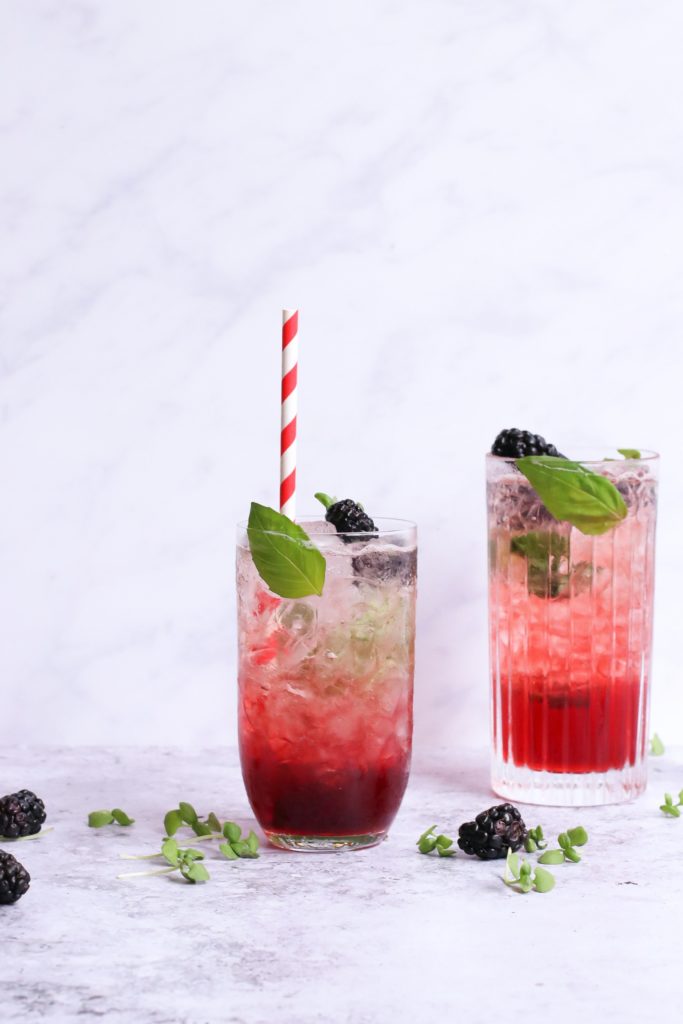Brief American Liquor History
Beverage alcohol consumption in the United States can be traced back in the early settlements in Jamestown and Plymouth. Beer was the most common kind of alcoholic beverage that Americans consumed, and England is their largest source. Ale and spirits were imported to the United States at this time, but natives learned to make use of available resources locally to make their own alcoholic drinks. Most popular of which is the Indian corn, which even English settlers claimed to taste better than imported beer. Pilgrims also ventured into the beer-making business, and they added flavorings by mixing other edible items such as spruce, birch, sassafras, fruit and vegetables, such as apples and pumpkins.
On the other hand, the widely produced alcoholic beverage at this time is rum. As sugar and molasses made their way from colonial territories to homeland, locals have found ways of creating their own variety of rum. In fact, it had different names related to rum itself.
However, the alcoholic beverage that America may probably pride itself for is American whisky. It has a long history of rich flavor and endurance despite the challenges that pre-independence America faced. Pre-independence, farmers with excess grains had to make use of this surplus to be profitable. Initially, they were given to animals as feeds but as time progressed, a more productive way of disposing it had to be done. This brings about the birth of distilleries dedicated for whisky.
The initial phase of this boom was painful, as distilling whisky involved the risk of handling highly flammable liquids. Fortunately, technology progressed, and distillation of whisky proved to be much productive than that of beer. One major reason is whisky lasts longer, thus could be stored indefinitely compared to its counterpart. This gave farmers more leeway in finding buyers and more storage longevity. On the other hand, transportation burden for cattle also eased with whisky as it is much lighter than transporting grains. In this way, farmers can earn more by exchanging lighter, more value goods than their previous products.
An Enduring History of Rich Taste
Kentucky is widely-recognized as the birthplace of American whiskey due to its long history with brew distillation covering back to its pre-independence days. Additionally, the occupation of some 250,000 Scottish-Irish immigrants of the territories surrounding Kentucky, Pennsylvania, Maryland, Virginia widely spread the production of whiskey to what it is known today.
The Art of Drinking Whisky
According to World Whisky Day, there are 5 basic steps to fully appreciate a glass of whisky. You might be interested if you do the steps below:
1. Examine the appearance – Admire the colour the wood has given the whisky. Every one is slightly different. Make it approachable by relating it to what you know.
2. Check out the viscosity – Swirl the glass and look for the streaks of liquid which run down the inside of the glass. These are known as the ‘legs’ and indicate viscosity or ‘mouthfeel’. The thicker the legs, the more voluptuous the mouthfeel.
3. Shake the glass and watch – Put your hand over the glass and shake the whisky. Watch how long it takes the resultant bubbles to disappear. The longer it takes, the higher the ABV. Rub your hands together and smell the barley from which the whisky was made.
4. Now the sniffing – Move your glass towards your nose while taking short, sharp sniffs. Keep your mouth open. Trust your nose. There’s no right or wrong – everything you smell comes from life experience and often the same scent will prompt wildly different associations from one person to the next.
5. The first taste – Take a good sip of your whisky. Taste comes from the tongue while flavour comes from your nose, so breathe to aid your orthonasal perception. Take in the texture and swallow.
What can our ice contribute to this rich history?
Have you ever heard of ice tasting delicious? Perhaps this is a concept that is wildly unimaginable to many, but Japan has many forms of delicious product offerings, and ice is not an exception. We are proud to claim that our ice is made under meticulous procedures that redefines the general public’s perception of ice.
Ice is particularly seen as frozen water, nothing special, but when it is subjected to conscientious manufacturing, it goes beyond merely cooling drinks. This is what we try to emphasize when marketing our product line up – ice that painstakingly underwent meticulous standard such that it jives well with expensive liquor.
How do you make delicious ice, you ask?
The average ice making method takes around 48 hours to make the ice, however we spend 72 hours making our ice.
Regarding the inspection of raw material ice, normally, the inspection is conducted only by one department of a company. However, our inspection is performed by six quality assurance departments, and only raw ice that passes our strict standards is used and sold as pure ice for beverages.
Our company is fully equipped with an ice inspection room as well as top quality equipment. We also make sure to schedule routine inspections by government agencies to ensure that our ice products are compliant (or better than regular standard) as we want to make sure that we only offer the best for our customers.



 www.worldwhiskyday.com
www.worldwhiskyday.com